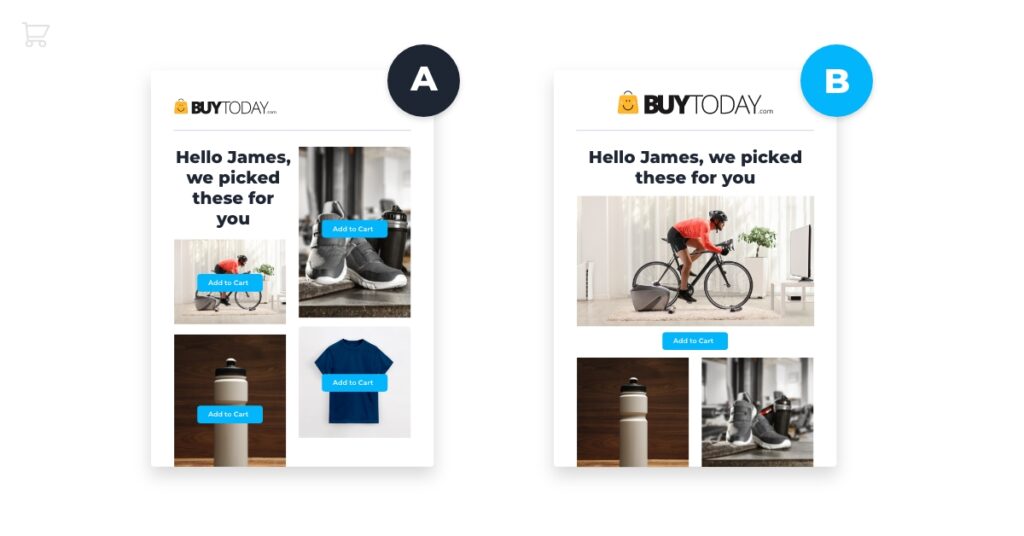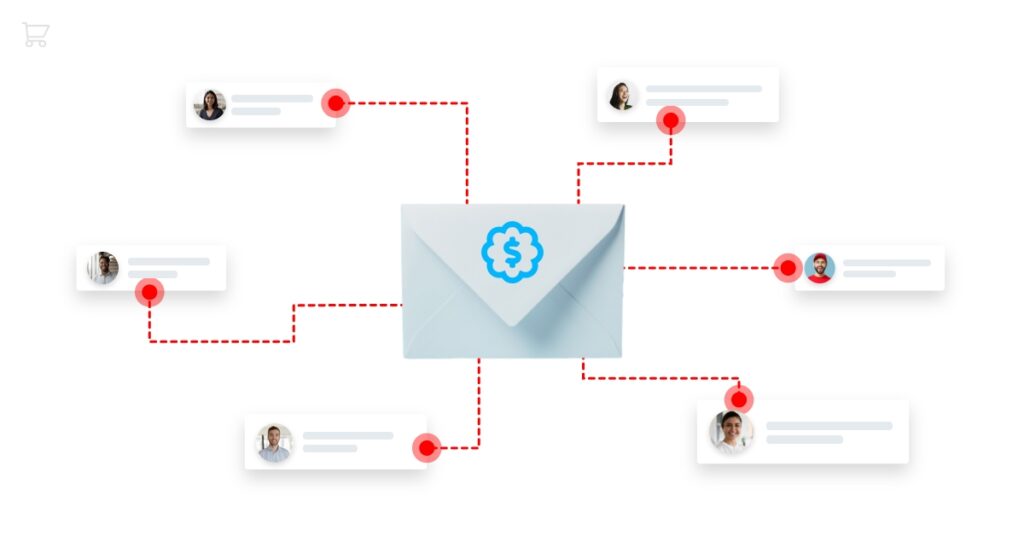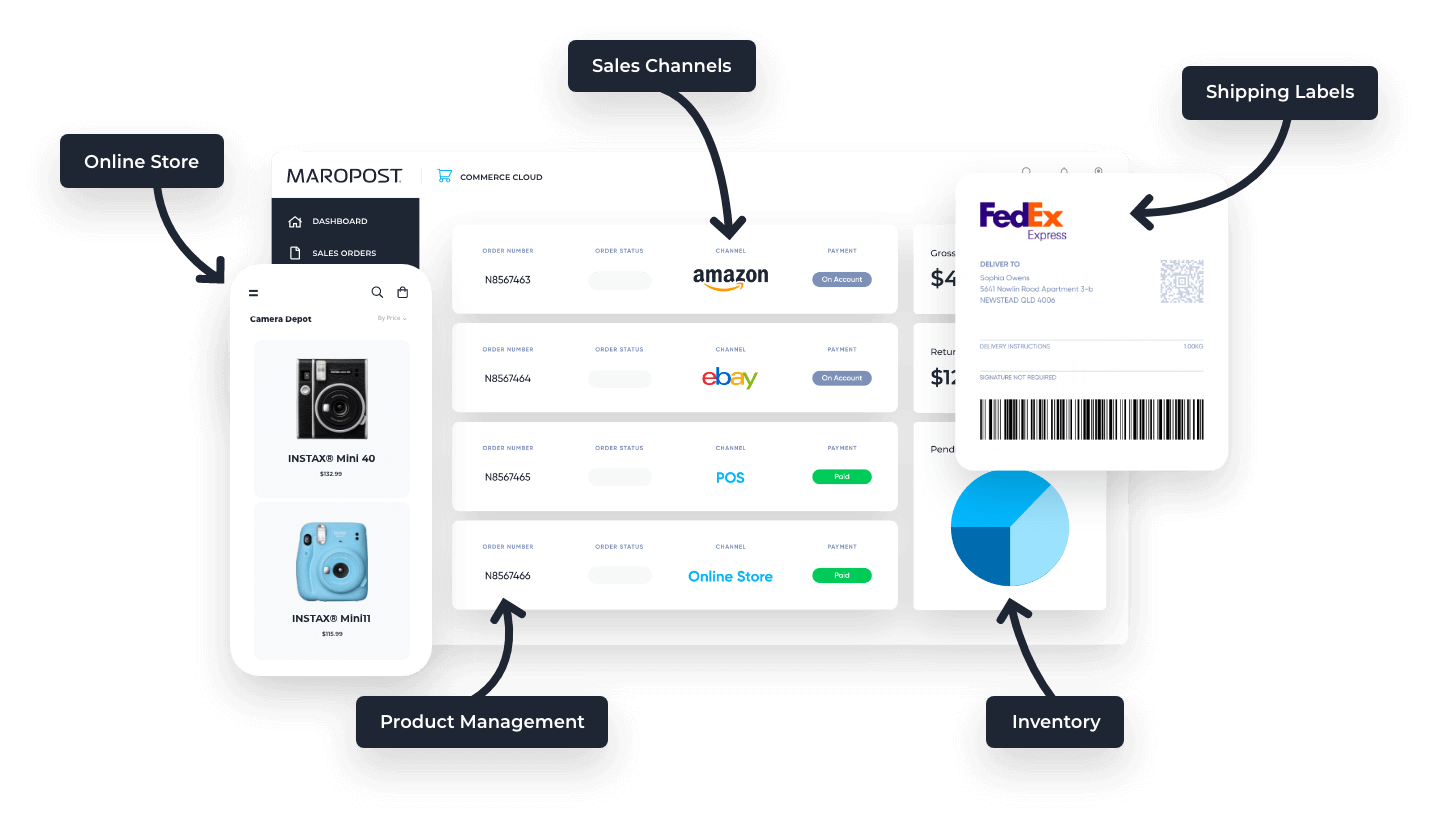Growing sales figures in your ecommerce business requires the deployment of various marketing strategies. A solid email marketing strategy, combined with other approaches, brings a ton of growth opportunity for your brand. In turn, you’ll have the ability to use your email marketing strategy to build a loyal customer base.
However, the strategy only works if all its parts are equally effective. For example, you can develop a great mailing list, but having access to the vast pool of potential customers without good email marketing content is pointless.
If you’re experiencing poor email marketing results, here are a couple of reasons why that might be the case. Keep reading to learn more about them and how you can improve your email marketing strategy.
- Your marketing emails need better design
- Effective email personalization is missing
- Poor subject lines are hurting performance
- Your email list isn’t relevant to your content
- You’re avoiding granular email list segmentation
- You’re not tracking email conversion rates and other email marketing metrics
- You bought your email lists
1. Your marketing emails need better design
The first thing that a user sees when they open your email is how it looks. Believe it or not, design alone can significantly impact your conversion rate. It’s best to stick to the following rules:
- Keep details minimal: There’s no need to add too many details in your emails. While some graphic elements will help break the text, adding too many is distracting. Give just enough information so that readers will want to click through to learn more.
- Keep it concise and informative: People are not interested in reading essays in their inboxes. Keep your message short, personalized, and clear.
- Make sure it’s responsive: Whatever design you opt for, ensure that it fits and reads well on screens of all sizes. 42% of email opens are done on mobile, so if your mobile experience is bad, you’re alienating a lot of potential customers.
- Use a professional email signature: Customize your email signatures for each unique email list — you can even include different CTAs in each one. An email signature management software will help you do this and manage signatures across your mailing lists.
Keep these rules in mind when building your email marketing strategy. Use different email designs to see how people are responding. After some time spent on testing, you’ll see what’s the best approach.
2. Effective email personalization is missing
Creating templates is the most effective way to reach out to broad audiences. But with templates, you run the risk of distributing an impersonal message that targets nobody in particular.
But with a bit of A/B testing and experimentation, you can explore various email personalization approaches.

A starting point is to address your reader by their name, but there are more ways to approach email personalization. For example, instead of addressing your readers as a company, have someone from your team send out the emails.
This way, your readers will have a sense that they’re talking to a person and not an enterprise, resulting in higher conversion rates.
3. Poor subject lines are hurting performance
According to a report from Radicati, the average user receives over 100 emails per day. That means that you’re competing with 100 other email subject lines with each email you send.
That’s why mastering email subject line best practices is crucial. You’ll have to create eye-catching subject lines that resonate with and engage your readers. If you don’t, your open rates will suffer. A/B testing is another way to try out different email subject lines to see what performs best.
A general rule to follow is to write concise, transparent, and catchy email subject lines. Don’t be misleading, and certainly don’t promise something you can’t deliver on.
4. The email list you’re building isn’t relevant
All the people on your email list should be there because they’ve shown interest in something you’ve offered. If you’ve cobbled together a bunch of random email addresses, your emails won’t be relevant to your audience.
In this case, your open rates and conversion rates will definitely suffer. But what’s worse, you risk readers marking your emails as spam, which lessens your authority. Email service providers may flag you, which will negatively affect your deliverability.
Once you’ve made sure your email list is clean, stick to the promises you made that drove those people to sign up.
5. You’re doing email segmentation wrong
Segmenting your audience is an essential step that many email marketers either phone in or miss completely. Segmentation allows you to create deeply personalized emails that truly resonate with your customers based on their behavior and purchase data.
Choose an email marketing platform that allows you to segment granularly with ease. Look for features like eRFM reporting and the ability to build segmented and personalized customer email journeys. With highly advanced segmentation tools at your fingertips, it’s easy to get this step right.
6. You’re not tracking email conversion rates and other email marketing metrics
Analytics exist for one reason: to help you improve your strategy. If you don’t know what’s performing well or not, it’s hard to improve upon your existing approach. Here are some email marketing metrics you should be tracking
- Email conversion rate: This is the whole reason you’re building an email marketing strategy in the first place—make sure you’re tracking it! Purchases, loyalty program signups, account creation, product reviews, and referrals are all ecommerce email conversions you should be tracking.
- Email open rate: Your goal in tracking open rates is to determine the effectiveness of your email subject lines. Poor open rates usually mean that your subject lines need work, and you should conduct some testing to see what works.
- Email click through rate: You can draw a lot of different conclusions for analyzing your click through rates. As mentioned before, design alone is one factor that can have a significant affect on email clicks. But you should also make sure your messaging is on point and it meshes with your subject line.
- Email unsubscribe rate: If you’re seeing a lot of email unsubscribes, it means readers don’t want what you’re offering. Clean up your email list, revamp your approach, and go back to bringing value to your subscribers.
Following stats for each of these will help you create more effective email marketing strategies. The key is to perform A/B testing at all times. Even though your marketing approach might currently be working great, it’s always a good idea to have a backup plan.
7. You bought your email lists
If you’re thinking of buying an email list, we’ll put it simply for you: Don’t.
Sure, you’ll get your emails in front of a big audience, it’s pretty unlikely that even an acceptable percentage of them will want your emails. But there are even more reasons you should never buy an email list:
- It’s spam: As mentioned before, irrelevant emails only hurt you because they’ll inevitably be marked as spam. When you buy a list, you’re blatantly spamming people who are not interested in your emails. It’ll immediately backfire and your brand image will collapse.
- It’s illegal: There are two ways in which trading email lists is illegal: First, you’re buying other peoples’ private data. Second, you can’t send promotional materials to someone who hasn’t opted to receive them.
- It’s pointless: Sending an email to an audience that has no interest in your product will not bring good results. It’s best to avoid doing so.

It’s much better to invest time in slowly building your mailing list with potential customers who have an interest in your brand.
Creating an effective email marketing strategy is not a simple process. It takes a lot of effort and time, and it’s an ongoing process of experimentation, testing, and persistence. If you do the work to optimize your campaigns as outlined above, you can expect great results.
Need to chat about your email marketing strategy?
More than 10,000 marketers use Maropost to engage with their prospects and customers through emails, SMS, social media and more. We’re here to help you grow your business!
Chat Now


